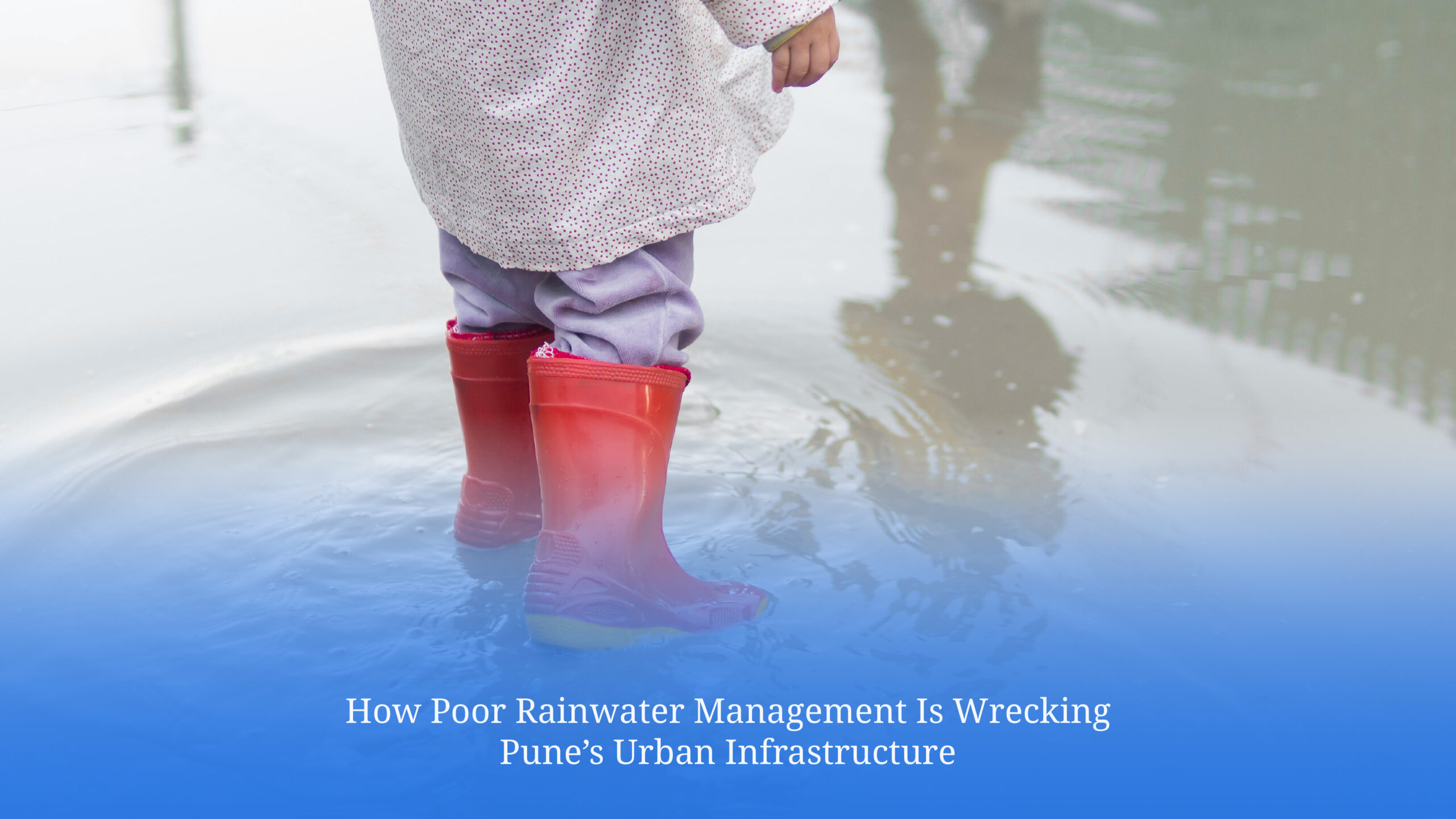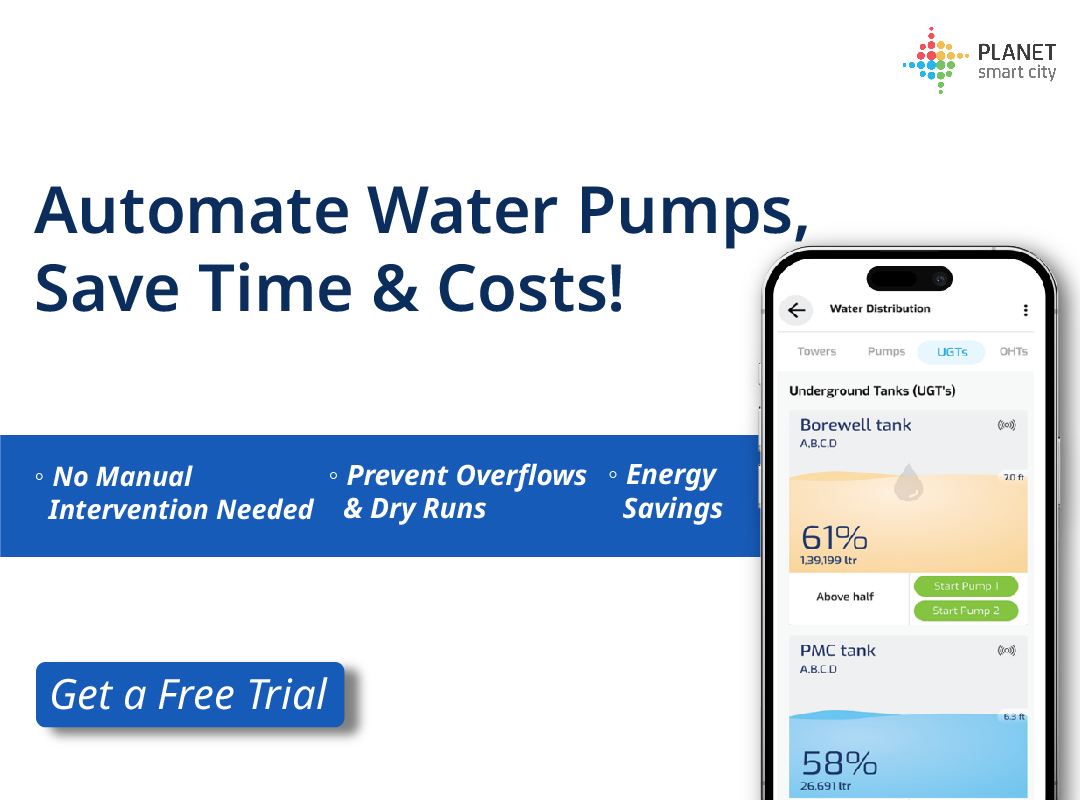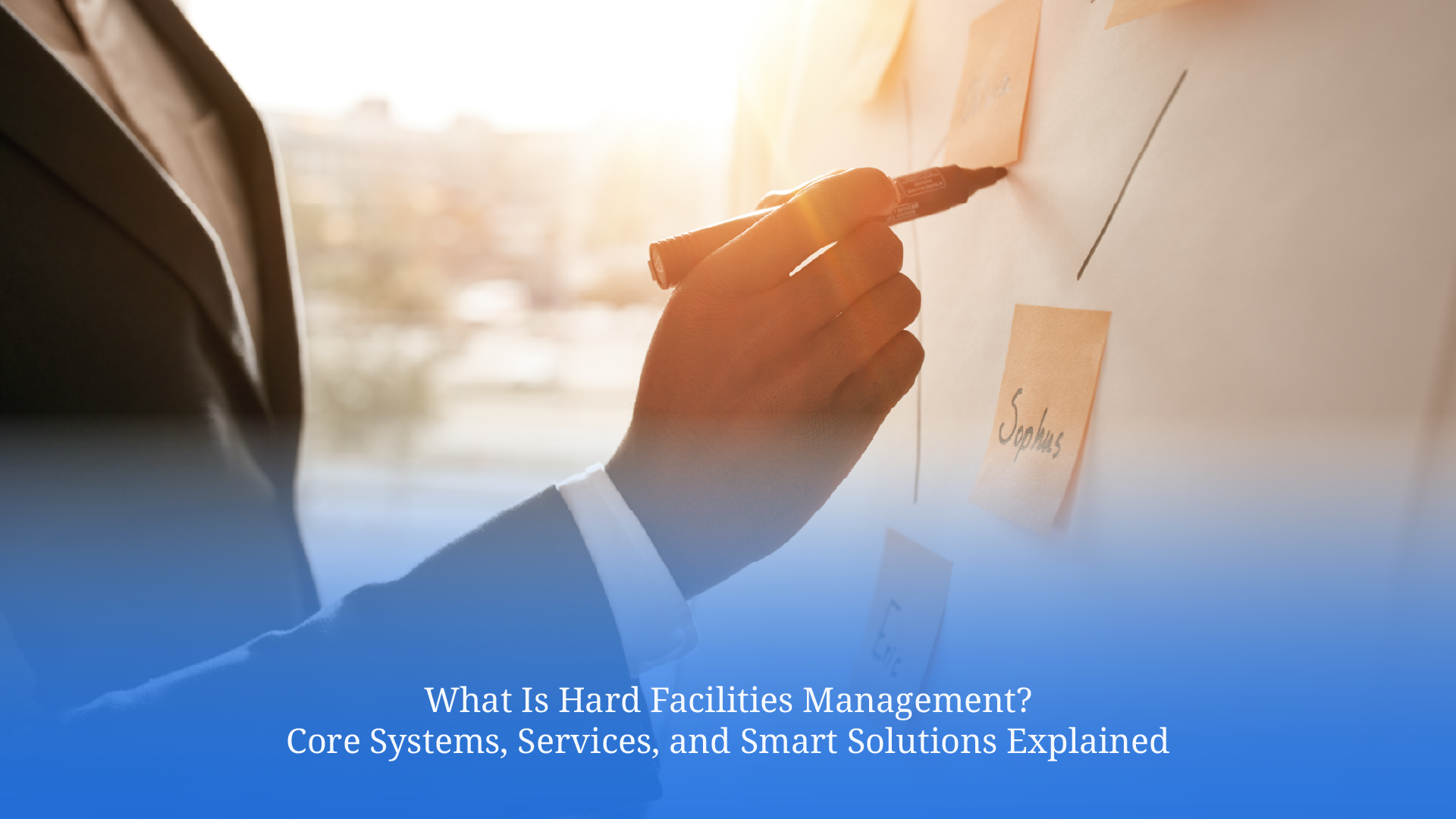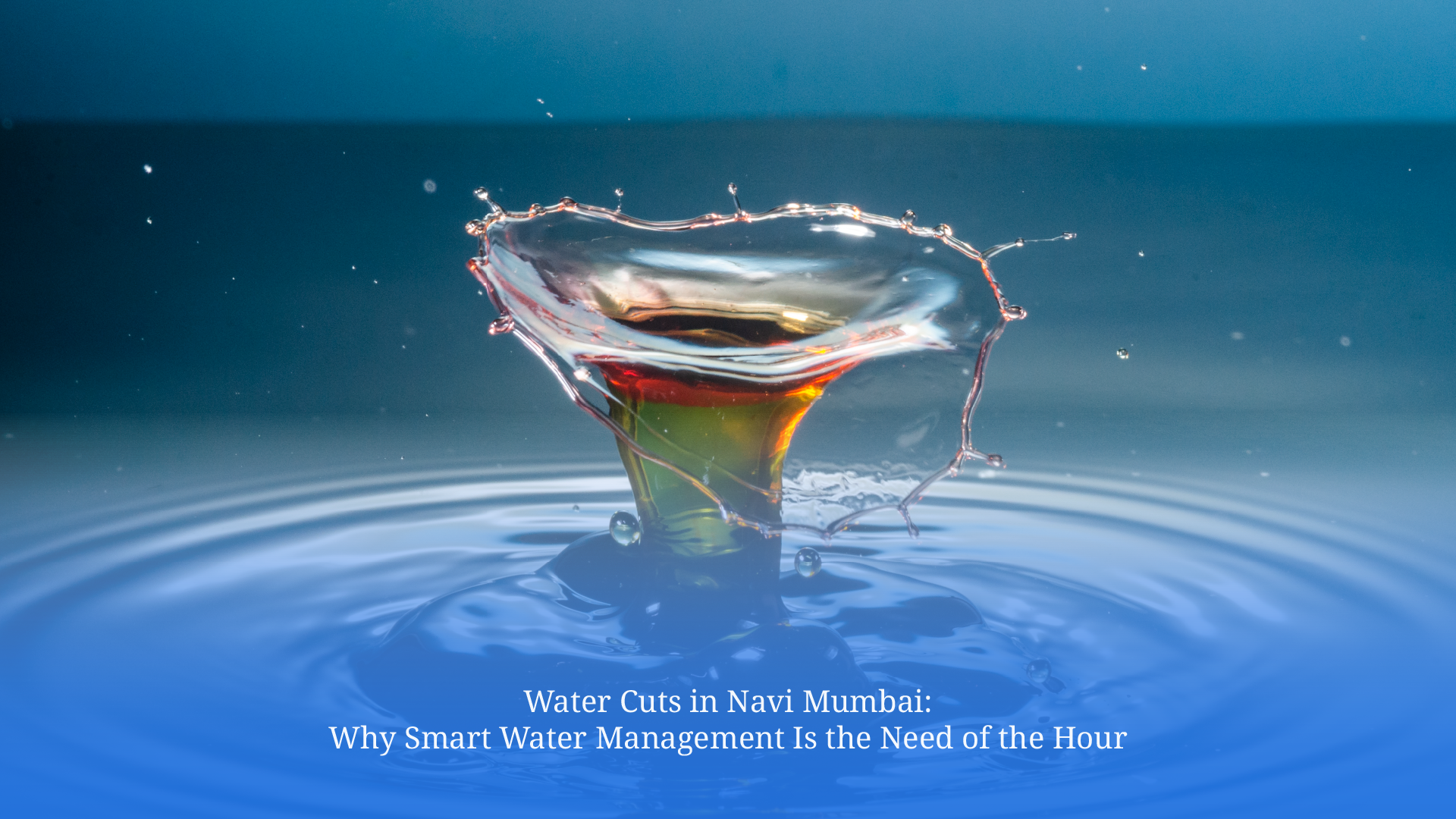How Poor Rainwater Management Is Wrecking Pune’s Urban Infrastructure

Every year, as the monsoon clouds roll into Pune, they bring with them not just much-needed rainfall but also urban chaos. Flooded roads, overflowing drains, and waterlogged streets have become unfortunate hallmarks of the season. Beneath the surface of these recurring disruptions lies a deeper issue: poor rainwater management. For facility managers, community leaders, and developers alike, this challenge is far more than a seasonal inconvenience. It’s a wake-up call highlighting just how vulnerable our urban infrastructure truly is.
The Monsoon Challenge in Pune
Pune’s rapid urbanisation, paired with unpredictable monsoon patterns, makes the city increasingly susceptible to water-related disruptions. In 2024 alone, areas like Baner, Kharadi, and Hinjewadi faced severe flooding due to just a few hours of heavy rainfall. As streets turned into rivers, residents were stranded, commutes were halted, and essential services were delayed.
What’s important to understand is that the rain isn’t the real culprit—it’s the outdated response systems. Without an infrastructure upgrade, these seasonal downpours will continue to overwhelm our cities.


Core Issues in Rainwater Management
So why exactly does Pune struggle with rainwater management? Here’s why:
-
Outdated Drainage Networks
Much of the city’s stormwater infrastructure was designed decades ago, based on rainfall projections and population figures that no longer hold true.
-
Encroachments on Natural Waterways
Unplanned construction along natural drainage paths has blocked or narrowed vital water exit routes. This leads to backflow and urban flooding.
-
Poor Maintenance
Storm drains clogged with plastic waste, silt, and debris drastically reduce their effectiveness during peak rains.
-
Lack of Data-Driven Planning
Many infrastructure decisions are still reactive rather than proactive. This leads to short-term fixes rather than long-term solutions.
These issues compound with each passing monsoon, amplifying the impact on residential communities, public spaces, and city services.
Impact on Urban Infrastructure
The results of poor rainwater management are not only visible; they’re costly:
-
Damaged Roads and Potholes
Constant waterlogging weakens the road base, leading to widespread potholes. The cost of repairs falls on municipalities and societies alike.
-
Compromised Public Utilities
Submerged electrical units and transformer boxes create power outages and safety hazards for residents.
-
Drainage Overload
When stormwater systems fail, it backs up into sewers and water pipelines. Hence, it causes many hygiene issues and service interruptions.
For facility managers and residential community leaders, this translates to higher maintenance budgets, disgruntled residents, and avoidable downtime.
The Need for Improved Stormwater Systems
If Pune is to withstand heavier monsoons and a growing population, it must rethink how it handles rainwater.
The world needs to move from response to resilience. That includes:
-
Modernising Stormwater Infrastructure
Upgrading existing drains and culverts with higher-capacity designs that can efficiently handle extreme rainfall and runoff volumes.
-
Protecting and Restoring Natural Water Channels
Reclaiming encroached nalas, enforcing buffer zones, and integrating natural water paths into formal urban water management systems.
-
Routine Maintenance
Implementing structured, pre-monsoon maintenance cycles, like desilting, debris removal, and infrastructure inspections, to maintain optimal flow and prevent blockages.
-
Integrated Urban Planning
Aligning roadworks, sewer installations, and stormwater upgrades to ensure cross-functional infrastructure that performs cohesively under pressure.
These improvements require investment, but they offer strong returns in reduced damage and better quality of life.
Role of Smart Infrastructure in Mitigation
While upgrading physical infrastructure is essential, technology has a critical role to play in turning the tide on rainwater mismanagement.
We’ve developed Planet SIM, a smart infrastructure management platform designed to bring efficiency, automation, and foresight to urban utilities, especially water management.
Planet SIM empowers facility managers by:
- Monitoring water levels in real-time, across all tanks in a society
- Automating tank refills based on set thresholds, preventing dry-outs or overflow
- Detecting anomalies like leaks or abnormal usage patterns instantly
- Delivering actionable insights into water consumption by building, helping optimise usage
By using Planet SIM, housing societies can reduce water waste during monsoons, avoid unnecessary tanker orders, and ease the burden on overloaded drainage systems. It’s a powerful example of how smart city technology supports sustainable urban living—by making infrastructure responsive, not just reactive.
Furthermore, our Planet Real Estate developments in Pune have already begun implementing such smart systems by default. Projects like Three Jewels are designed with smart water and energy management features that reduce dependency on outdated municipal systems. This, in turn, offers residents a more resilient and convenient lifestyle.
Building Resilience for a Smarter Future
Pune’s rainwater management woes are real, but they are not unsolvable. It starts with awareness, followed by action, and that first step can begin at the community level.
By combining forward-thinking urban planning with tools like Planet SIM, you can ease the strain on city infrastructure. It will also improve everyday convenience for residents and create housing societies that are truly prepared for the future.
At Planet Smart City, we believe that smart infrastructure isn’t just about innovation; it’s about making life better, safer, and more sustainable for everyone.
Ready to prepare your community for the next monsoon? Connect with us to learn how our solutions can future-proof your infrastructure while enhancing the resident experience.




